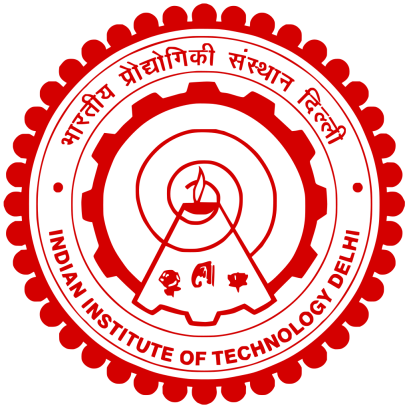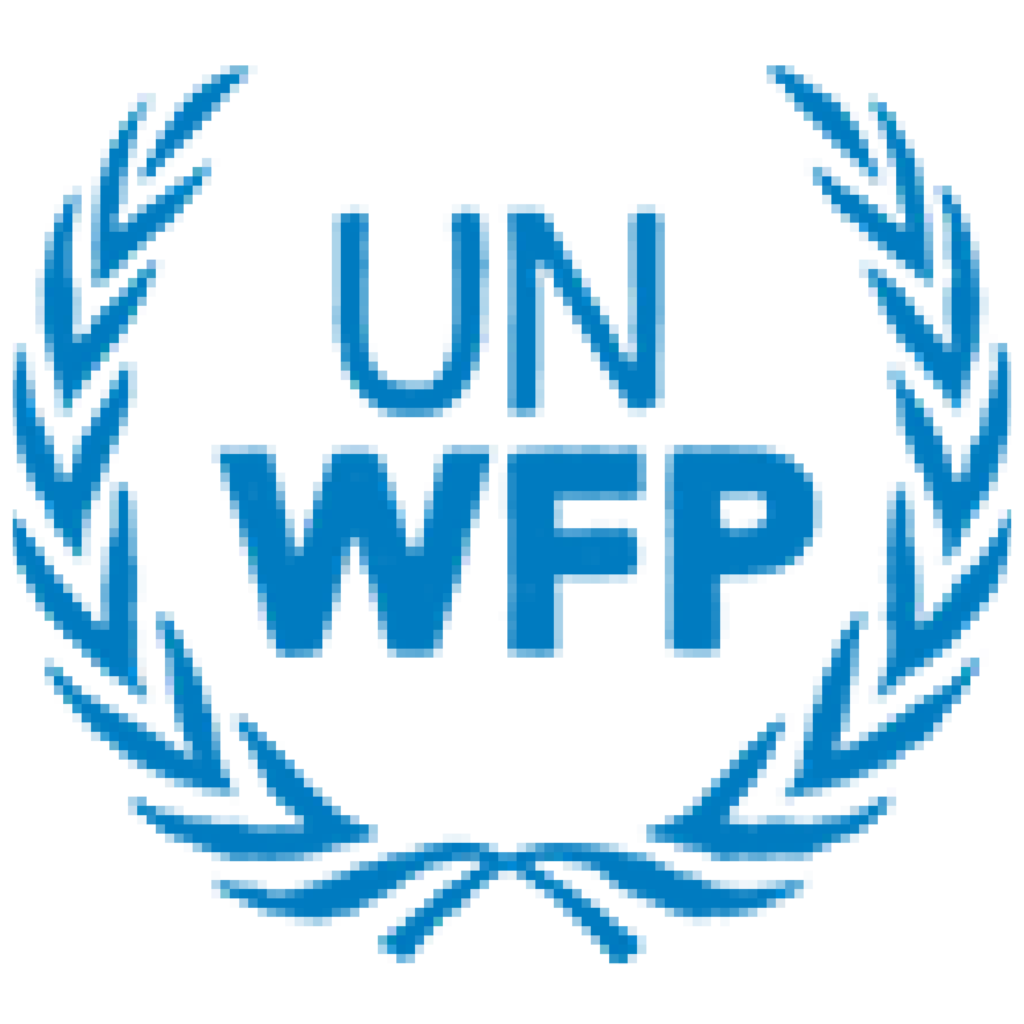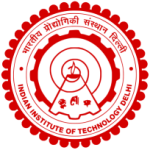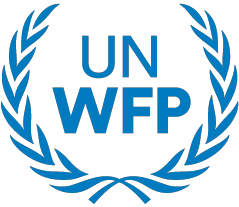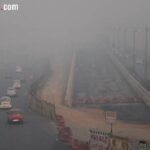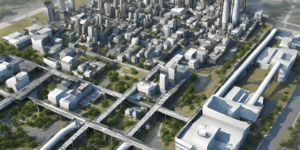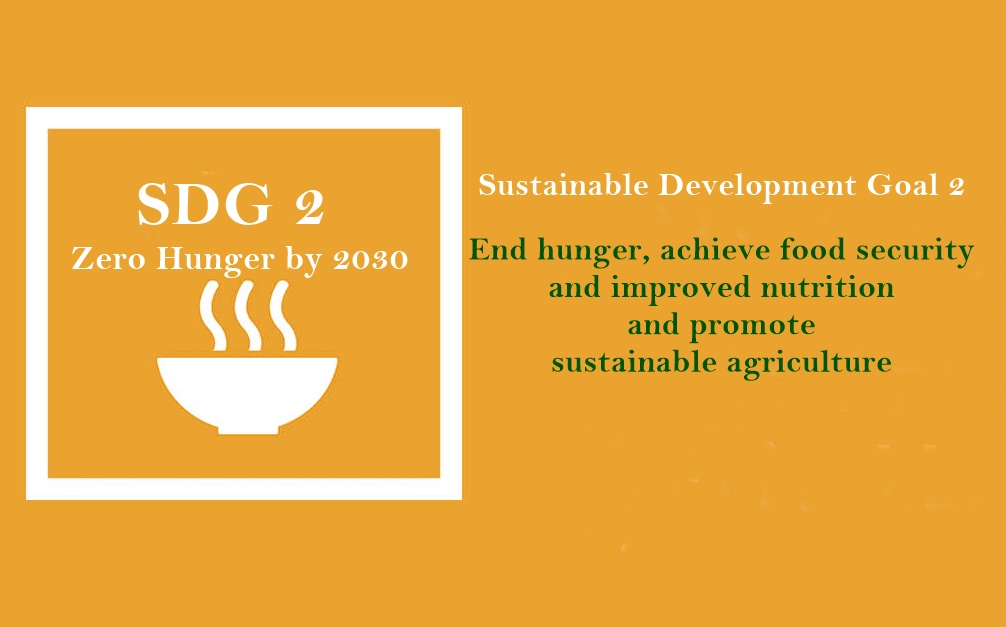
SDG2-Rajasthan Dashboard
Objective:
To visualize the state, district and sub-district indicators and data for SDG 2 monitoring to enable evidence-based policymaking to support the efforts of Government of Rajasthan in achieving food and nutrition security in the state. “This includes embed tables, maps and other visualisation tools (Bar charts, Pie charts, Radar charts, etc.) in dynamic form, for SDG-2 vulnerability assessment at the state, district and sub-district level, in the dashboard developed on a user-friendly platform. The main expected outcome of this is to have robust SDG-2 dashboard that enables evidence-based monitoring and identification of vulnerable hot-spots for strategic planning and targeted action for achieving ‘Zero Hunger’ in the state of Rajasthan.
Development of SDG2-Dashboard
Front end of our SDG-2 dashboard is designed in ReactJS framework, and the backend is developed in PHP Language.
ReactJS is a declarative, fast, and adaptable JavaScript toolkit for creating user interface components. Facebook created ReactJS in its newsfeed area in 2011, but it was released to the public in May 2013.
Why we used React JS for front end design?
- Helps in building high quality and rich user interfaces.
- Fast rendering and high performance can handle complex and high loading apps.
- Flexible and easy to maintain and allow writing custom components.
- Strong community, third party open-source components easily available.
PHP (short for Hypertext Pre-processor) is the most widely used open source and general purpose server side scripting language used mainly in web development to create dynamic websites and applications. It was developed in 1994 by Rasmus Lerdorf.
Why we used PHP for backend design?
- Gives Web Developer more control.
- Database Connectivity.
Introduction of SDG-2 Dashboard
The main objective of the dashboard is to provide evidence-based monitoring and identification of vulnerable hot-spots for strategic planning and targeted action for achieving ‘Zero Hunger’. The dashboard will visualize the state and district indicators and data for SDG 2 monitoring to enable evidence-based policymaking to support the efforts of government in achieving food and nutrition security. The dashboard has 4 page i.e. Home Page, State performance, District performance and Rajasthan SDG2-Index. The functionality of dashboard is discusses below.
Functionality of SDG-2 Dashboard
Home Page
The home page is divided into 2 section. In the top section we have name of all the targets associated with SDG-2 along with the picture that depicts the goal and motive of the target. In the bottom section, we have cards depicting all the targets. User can click on the target and will be re-directed to the state performance which will show the performance of first indicator associated with the clicked target.

Top Section of Home Page
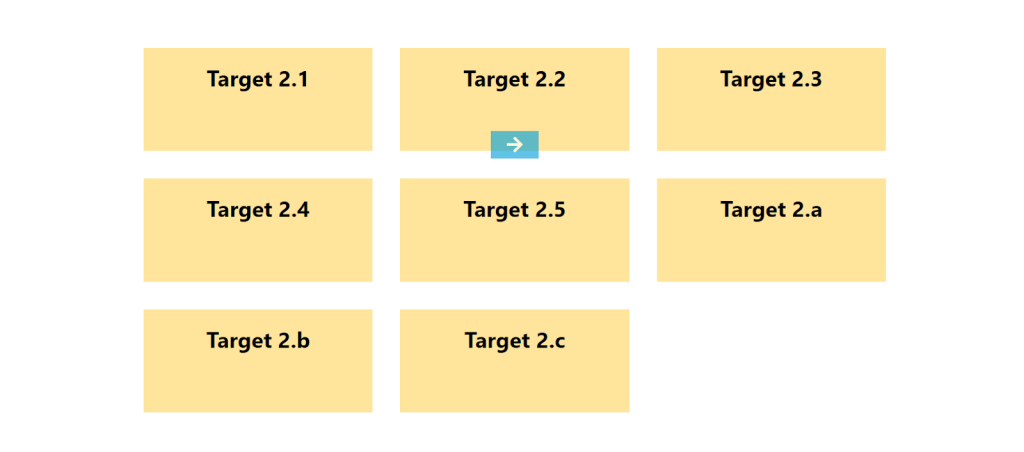
Bottom Section of Home Page
State Performance
The state performance is divided into 3 section. Here user first need to select the version of the data ,then select the year in which the version is used, then select the target whose performance need to be monitor and then select the respective indicator with respect to the chosen target. In the first session user will see two info graphics. On left side, there is horizontal bar graph will depicts the best performing state, worst performing state, Rajasthan value and standard value of the indicator. On the right side, there is map of India which depicts the performance of all the states with respect to the indicator chosen by hovering on the states. In the middle portion, user can find the performance of all the years with respect to the chosen version. In the bottom portion, user can compare the performance of the 2 selected years with respect to chosen indicator.
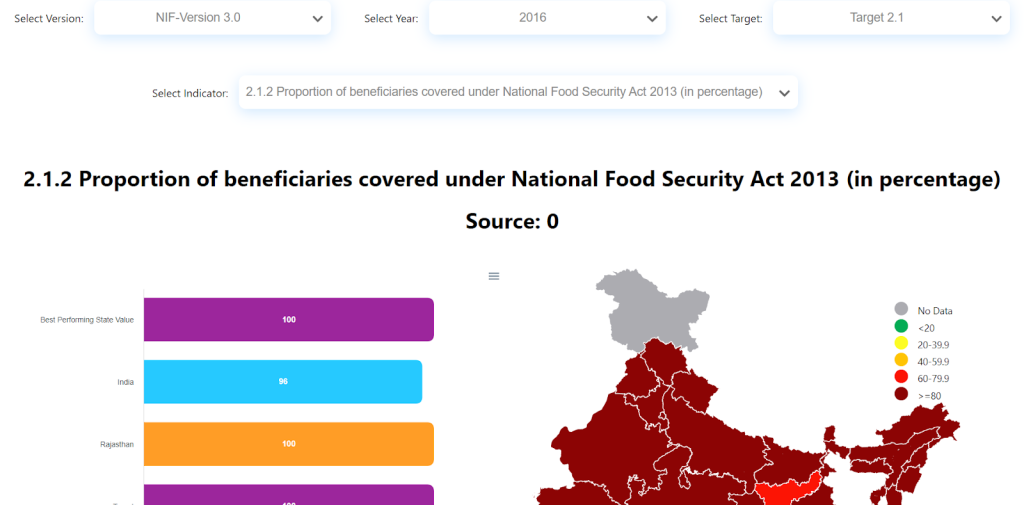
Top Section of State Performance Page
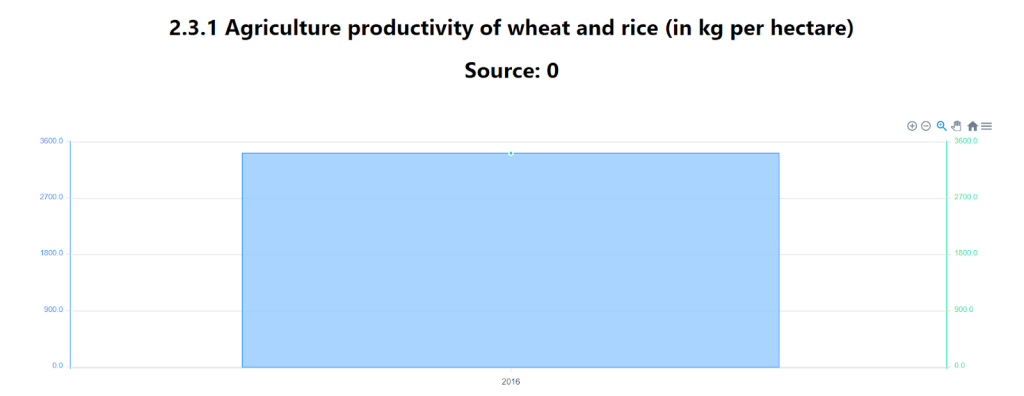
Middle Section of State Performance Page
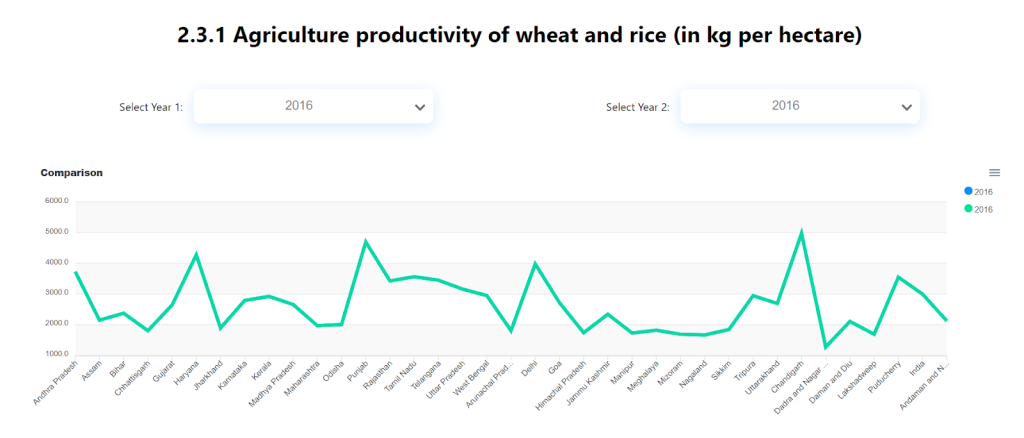
Bottom Section of State Performance Page
District Performance Page
The district performance is divided into 3 section. Here user first need to select the version, then select the year in which the version is used, then select the target whose performance need to be monitor and then select the respective indicator with respect to the chosen target. In the first session user will see two info graphics. On left side, there is horizontal bar graph will depicts the best performing district, worst performing state, and Rajasthan value of the indicator. On the right side, there is map of Rajasthan which depicts the performance of all the districts with respect to the indicator chosen by hovering on the districts. In the middle portion, user can find the performance of all the district with respect to the chosen indicator and compare it with Rajasthan performance. In the bottom portion, user can compare the performance of the 2 selected years with respect to chosen indicator.

Top Section of District Home Page
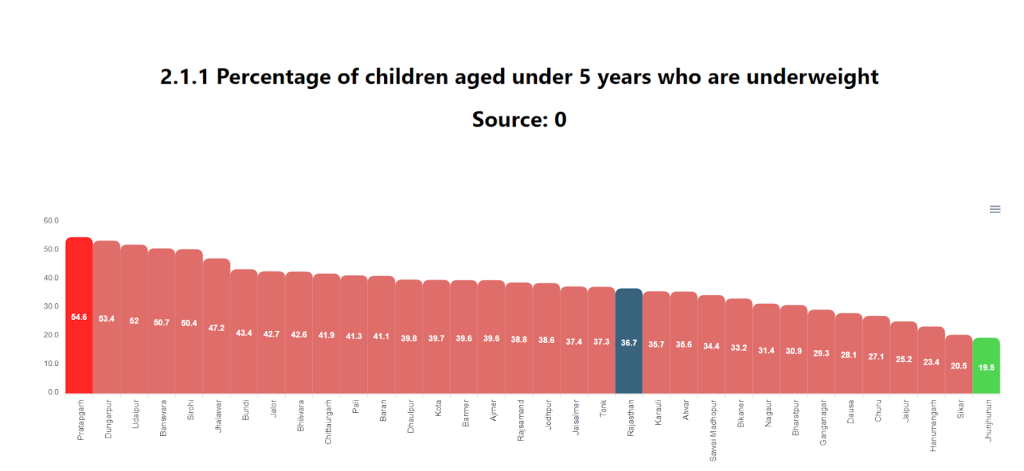
Middle Section of District Performance Page

Middle Section of District Performance Page
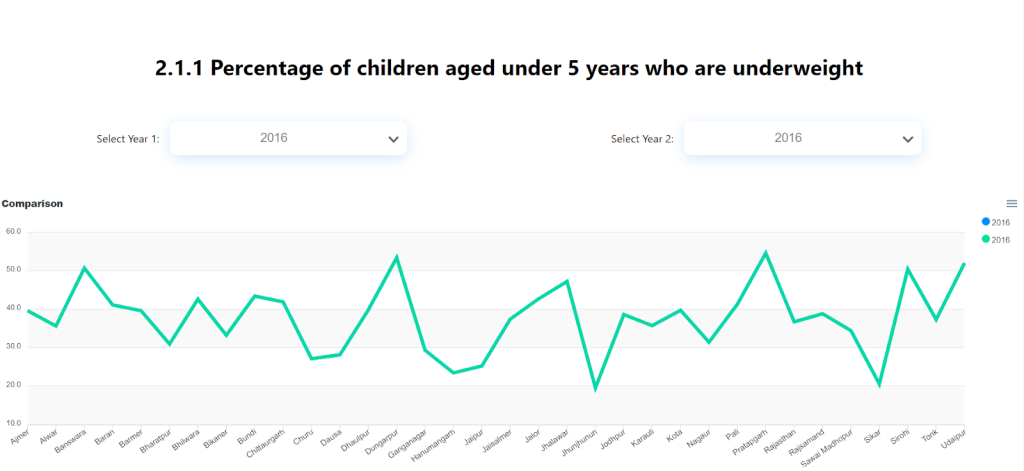
Bottom Section of District Performance Page
Rajasthan SDG2-Index
The SDG-2 Rajasthan Index page is divided into 3 section. Here user need to select the version. Once the version is selected the info graphics are represented. The first session there will be map of Rajasthan district on the left side which depicts the overall performance of the district. On the right side, there will be table with represent the indicative value of the indicators, rank of the district and category of the performance of the district. In the middle portion, there will be overall performance of the Rajasthan with respect to all the version.

Top Section of Rajasthan SDG-2 Index

Middle Section of Rajasthan SDG-2 Index

Bottom Section of Rajasthan SDG-2 Index

